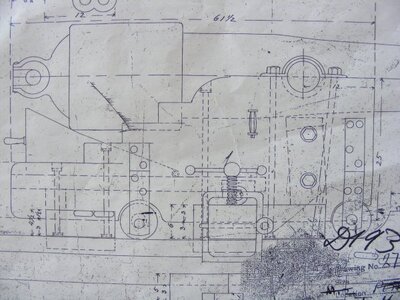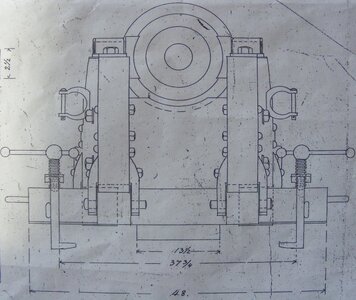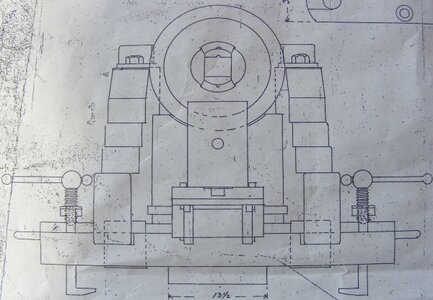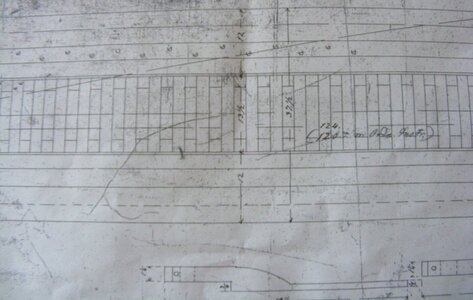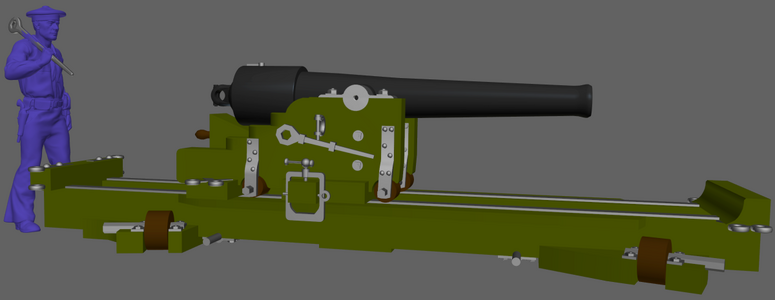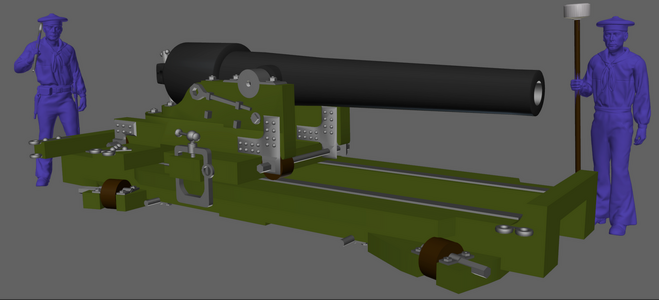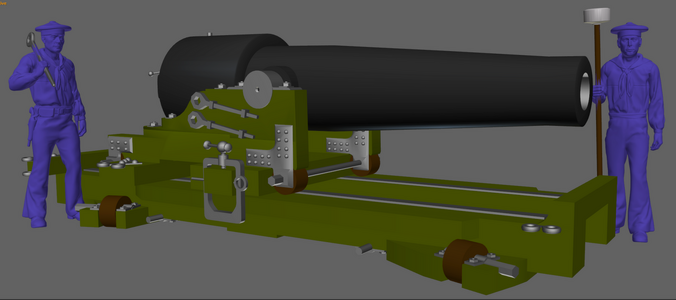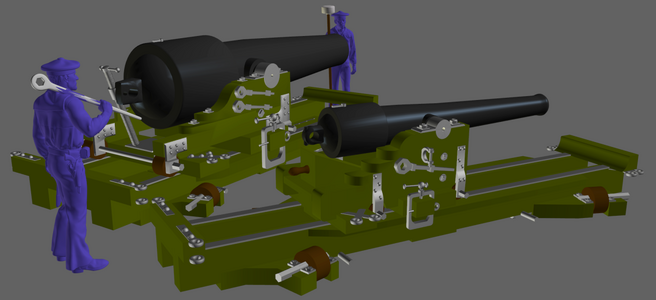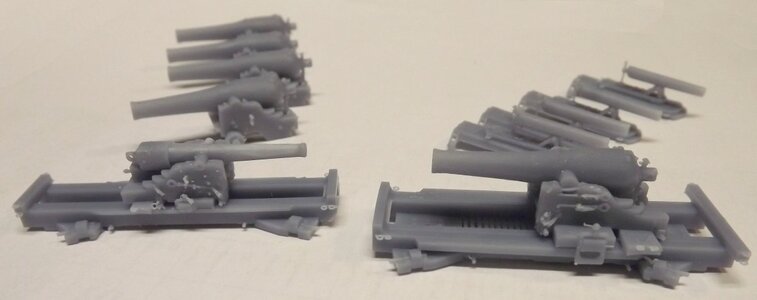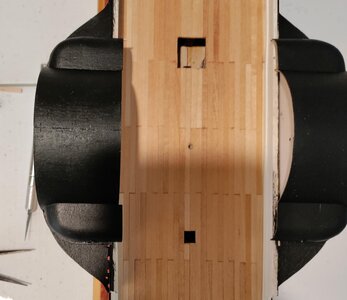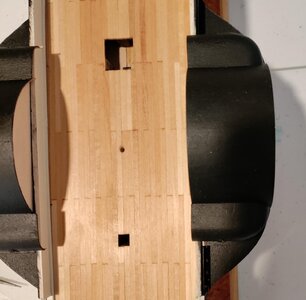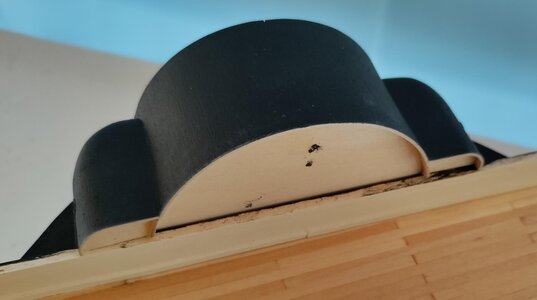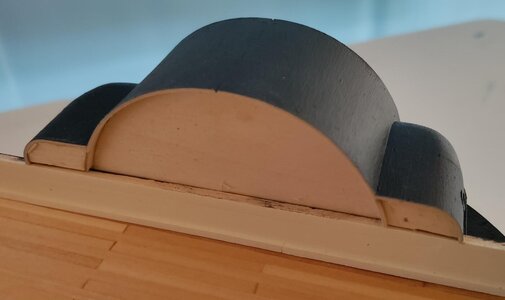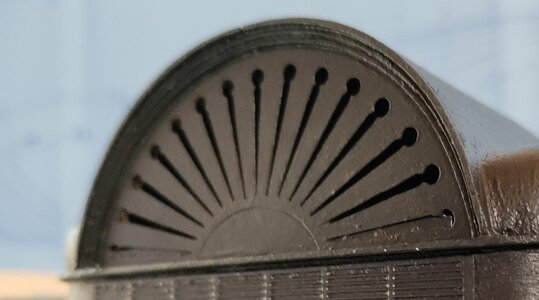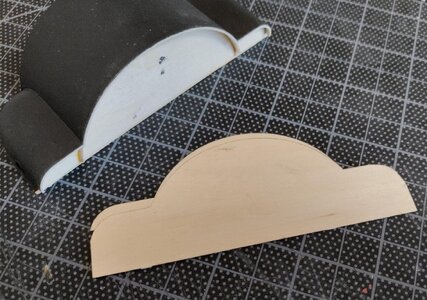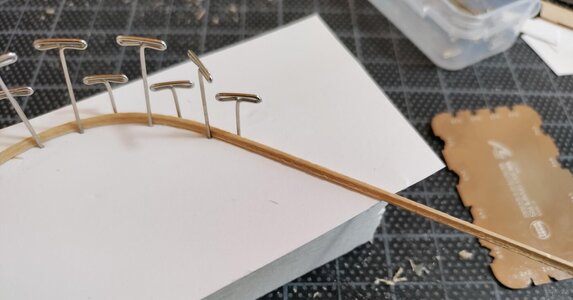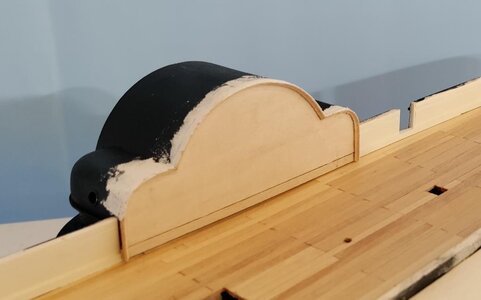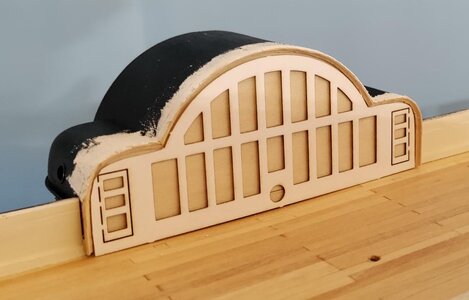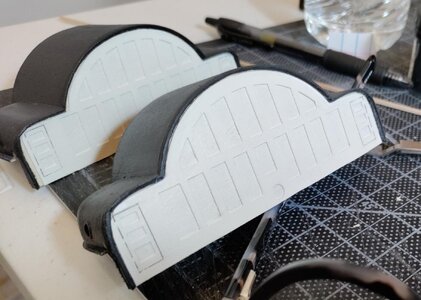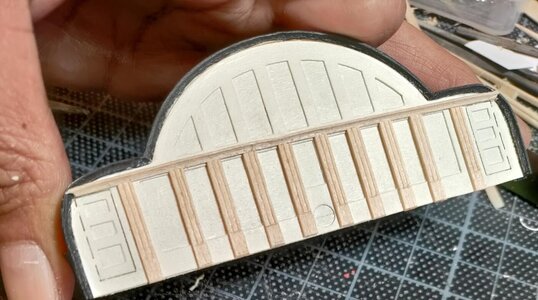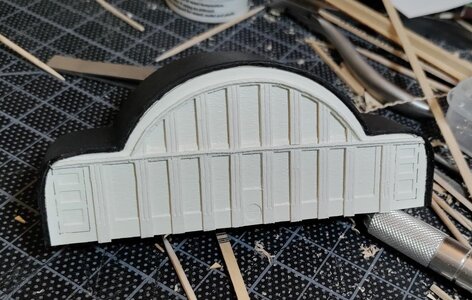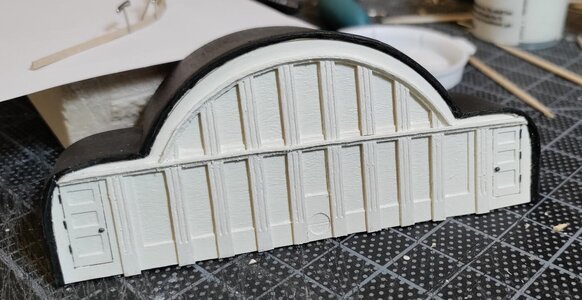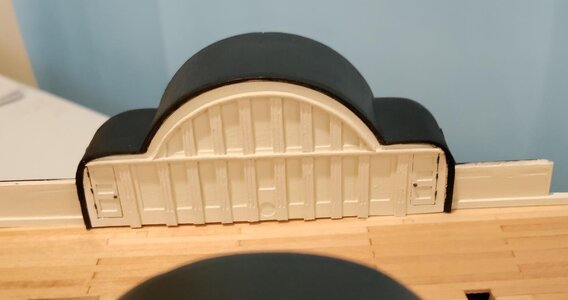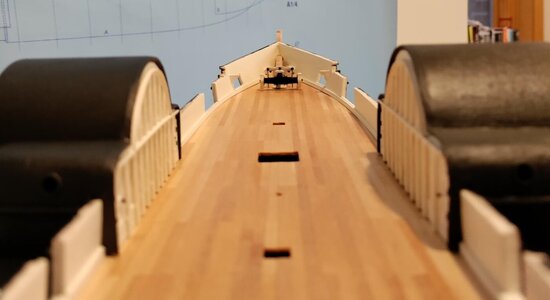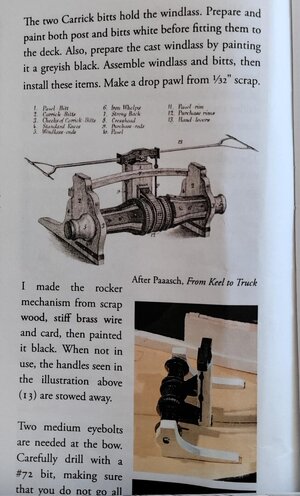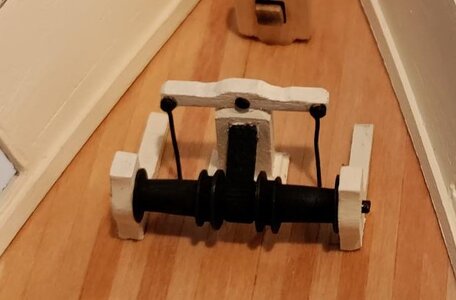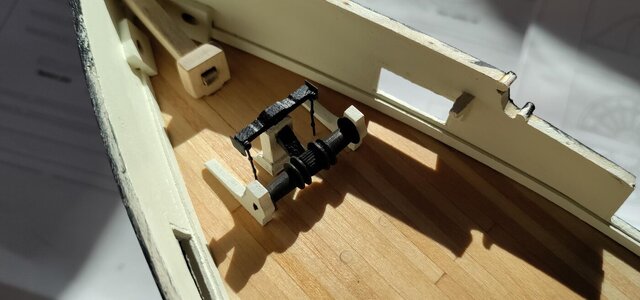Dear Jerry, thanks for coming through AGAIN! I had my suspicions. So, now I have ordered Underhill's "Masting and Rigging: The Clipper Ship and Ocean Carrier" and Crother's "The Masting of American Merchant Sail in the 1850's." Having these references will help me move forward without having to signal SOS every time in the hope that Jerry isn't too busy

That is a neat illustration of the action on January 1, 1863. I wonder, however, how far it can be trusted. For example, where is the deck house? What is the structure in the centerline meant to represent? I wonder whether the rail over the Dahlgren howitzers was sacrificed for a better view of the gun. And, something is a little strange about the artists perspective and the foreshortening of certain objects and people. If you compare the objects and people at the starboard gunport with the port gunport, the objects and people to port look a little smaller than they should, at least to me. Kind of a fish-eye distortion without the aid of a camera with a fisheye lens. The howitzer on the port side also looks to be squared in the center of the port. On the other hand, I always thought the shape of the water closets on the model was strange. Was it common in sidewheeler construction to build water closets in such a geometrically complicated design? Although it looks cool, I doubt the model's water closets can be accurate. In this representation the water closets make more sense as structures with right angles. Also, as Jerry indicated, looking at the chains - not a deadeye in sight.
I think Pete mentioned it recently. I know Paul, Grant and others, perhaps countless others, have mentioned it. We're building models. When we're doing it from kits in particular we make a decision to accommodate the kit as designed with a desire for a greater degree of accuracy, or of feeling or both - see Grant's Xebec log. Some call it "bashing". Some call is amendment or improvement or modification. Short of having been there at the time, or having access to the real ship like some lucky people (Constellation, Constitution, HMS Warrior, etc.) there is an ocean of room for inspired interpretation as we make art.
Blessings.
Chuck




 YOU WERE THERE
YOU WERE THERE
